Whether you teach English language learners or native English speakers, you may have noticed that many of your students are having trouble with sentence structure. Whether you’re seeing too many simple sentences or have notices that your students are simply writing sentence fragments, there are things you can do to help your students.
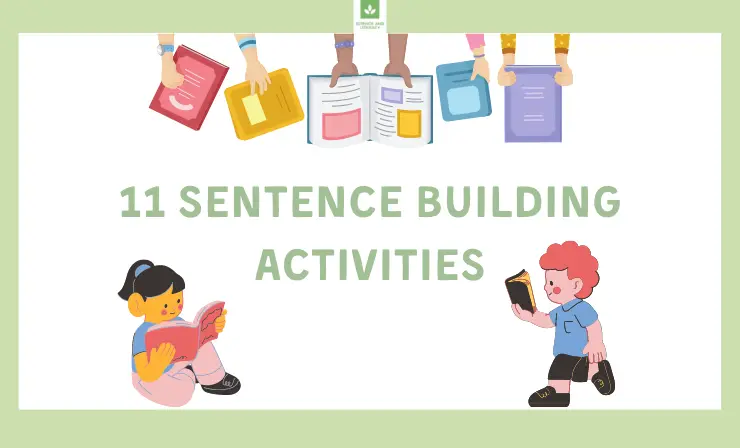
A few years ago, I was right where you are. I wasn’t happy with the sentences my students were writing, but wasn’t quite sure what I could do to help them improve.
I reached out to one of the expert ESL teachers at my school and did a little research on my own. Together, we were able to pull together some sentence building activities that were immensely helpful in getting my students to improve their sentence structure and, thus, the overall clarity of their writing.
I found some of these sentence building activities so helpful, that I decided to share them so that others could also benefit from what I discovered.
Read on, and I’ll share:
- My favorite sentence building activities that you can use with your students →
- The characteristics of a good sentence →
- How to teach sentence structure to students →
You can watch tis video, it contains a brief retelling of the article.
11 Sentence Building Activities
Here are some of my favorite sentence building activities that you can try with your students right away!
1. Is That Sentence Correct? →
2. Mixed Up sentences →
3. Build a Sentence Card Game →
4. Human Sentence →
5. ESL Sentence Game: A to Z →
6. Sentence Unscramble →
7. Story by Sentences →
8. Complete the sentence →
9.Dressing Up a Sentence →
10. Error Correction Relay →
11. Color Coded Sentenced →
1. Is That Sentence Correct?
Age: Early elementary or beginning/intermediate ESL students
Description
For this activity, you’ll need to begin by writing two students up on the board. Pair students up, and have students discuss with their partner whether each sentence is correct or incorrect.
If the sentence is incorrect, students should rewrite it to make it correct.
Repeat with additional sentences, going over the correct answers after each pair.
2. Mixed Up Sentences
Age: Early elementary or beginning ESL students
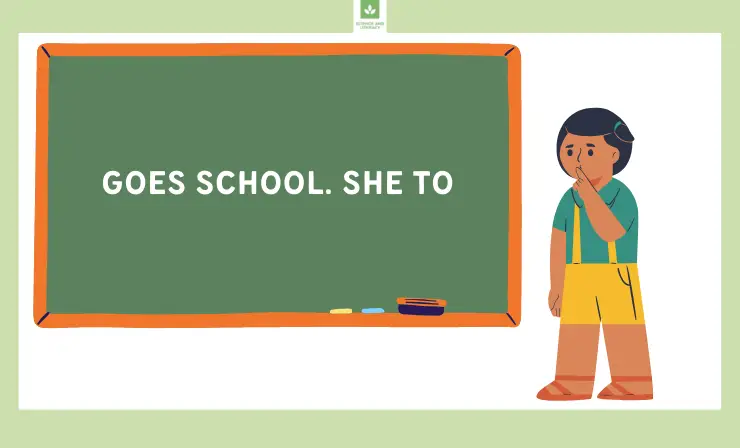
Description
This activity is great for giving students practice with putting the different parts of a sentence into a logical order that makes sense. Write some sentences on the board that include all the components of a full sentence, but that are mixed up and out of order.
The complexity of the sentences you write can vary depending on the level of your students. For example, you could take the complete sentence “I like to play.” And write is at “play to I like” and have students try to fix it so it makes sense.
3. Build a Sentence Card Game
Age: Intermediate and advanced learners
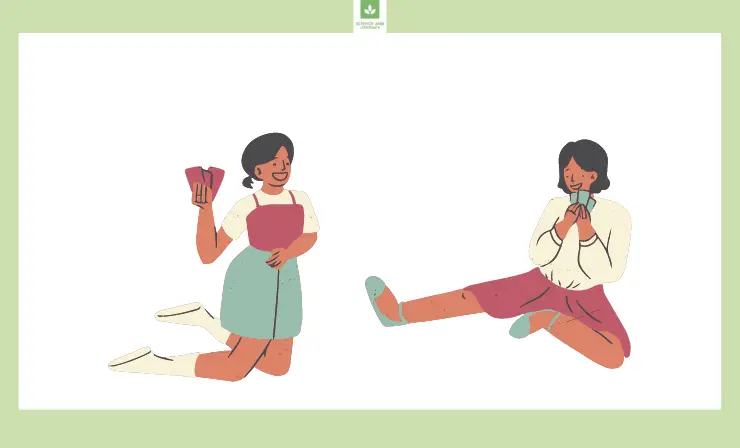
Description
Students will try to be the first to build three grammatically-correct sentences in this fun card game. Each payer should pick up one card on each turn and place it on the table in front of them. They will continue to take turns picking cards until they have made three logical sentences.
4. Human Sentence
Age: Intermediate learners
Description
For this activity, the students in the class will work together to make a compound sentence out of two simple sentences, adding the appropriate punctuation and conjunctions/connective adverbs.
Start by writing two simple sentences on their own sentence strips (the simple sentences should be related and able to be combined to make a compound sentence). Then write two large periods, one large comma, one large semicolon, appropriate conjunctions and connective adverbs each on their own index card.
Pass out all the sentence strips and index cards to different students in the class. Have the two students will the sentence strips stand in the front of the room. The students with the periods should come up to add the punctuation for each sentence.
Then, announce that it is time to turn the two simple sentences into one compound sentence. Have the two students with period leave and the students holding the appropriate punctuation and conjunctions/connective adverbs come up to finish the sentence.
5. ESL Sentence Game: A to Z
Age: Intermediate and advanced learners
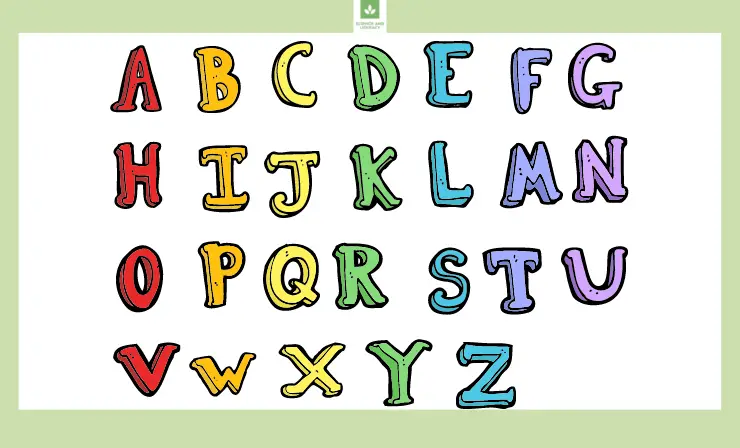
Description
This activity will really get students thinking and writing sentences. Have students write all the letters of the alphabet on a sheet of paper. Each letter should be on its own line.
Then, have students come up with as many sentences as they can starting with each letter. For example:
- A big snow storm is coming this weekend.
- Babies cry a lot when they are hungry.
- Cartoons are my favorite type of TV show.
- Do you want to go to the movies with me?
6. Sentence Unscramble
Age: Can be adapted for different ages
Description
Compose a sentence that matches the level of your students. Print it out in a large font on different colored pieces of paper. Cut each sentence out and into individual words and place all the words for one sentence in an envelope. Give each student (or group of students) an envelope and have them race to see who can get the sentence put together in the correct order first.
7. Story by Sentences
Age: Intermediate learners
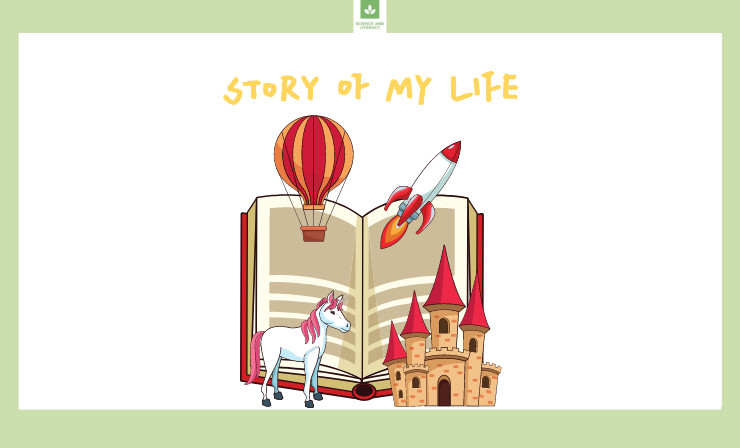
Description
This activity will help students form compound sentences and work on writing complete thoughts. Depending on your students, you can do it orally, or have students write the sentences that make sense.
Start with providing a sentence starter, such as “The children were getting ready for lunch.” Then, students should add a conjunction to the sentence to form a compound sentence, such as “The children were getting ready for lunch, and they wanted to eat pizza.”
Next, the end of the first sentence should be used to start the next sentence. “The children wanted to eat pizza, so they asked their mom if they could make their own personal pizzas.”
The game continues in this fashion, with the end of one sentence being used to create the next new sentence.
8. Complete the Sentence
Age: Beginning learners
Description
This activity can help students learn the correct sentence structure and order when describing objects. Create a variety of different pages with images and sentence templates for students to complete.
For example, as the video shows, you could add pictures of five lemons and the sentence starter “I see.” Then, students will need to pick the correct cards to complete the sentence and fill in the answers for “how many,” “what color,” and “what.” For the example in the video, the completed sentence should read “I see 5 yellow lemons.”
Students can then practice with a similar sheet, such as one showing 8 red cars.
9. Dressing Up a Sentence
Age: Intermediate and advanced learners
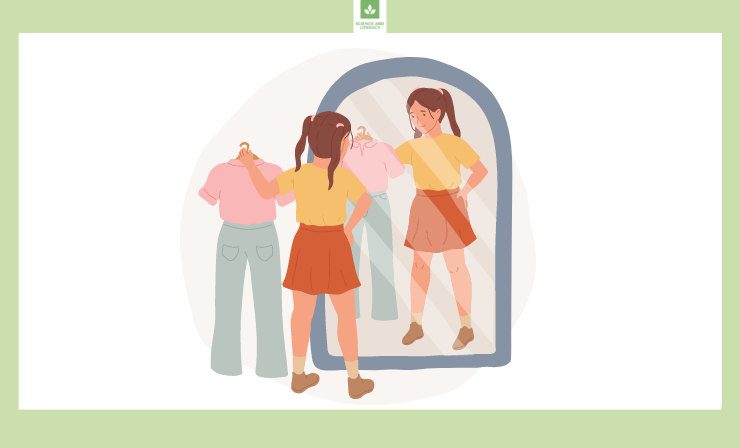
Description
With this activity, students will learn about adding descriptive language to their writing. The Dressing Up a Sentence graphic organizer includes sections to have the students enhance, or dress up, their plain and boring sentence by adding adjectives, verbs, adverbs, and locations.
10. Error Correction Relay
Age: Intermediate and advanced learners
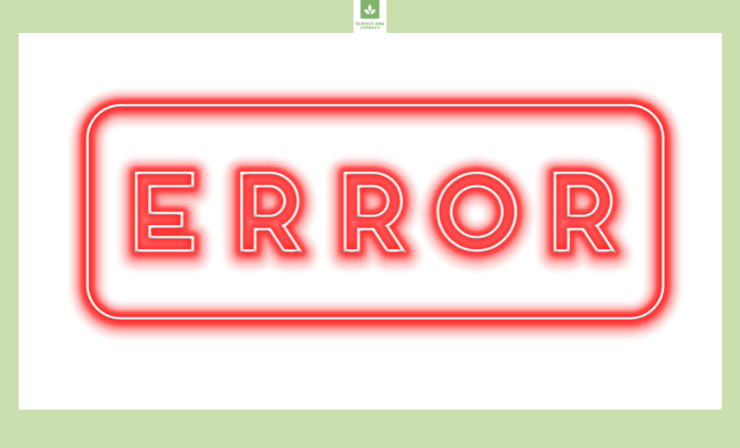
Description
Create a worksheet with multiple sentences, each containing some errors. You can decide the types of errors to include based on the specific skills you’re targeting for your students.
Students should then work as a team to correct the sentences. You could turn it into a real relay race, with one student from each team running to a desk across the room and correcting one sentence and then running back to give another student a turn.
11. Color Coded Sentenced
Age: Intermediate and advanced learners
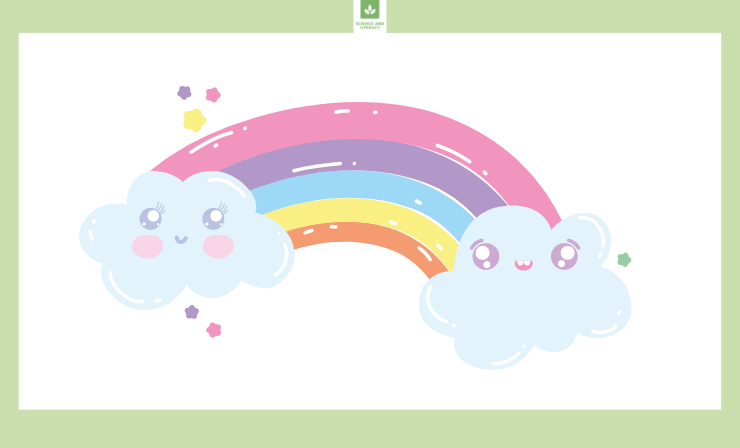
Description
This activity will help students learn and identify the different parts of speech. Provide each student with a worksheet with different sentences at an appropriate level for your students.
Come up with color coding for each part of speech (for example, nouns are blue), and have students use their crayons to mark-up the sentences correctly.
What Makes a Good Sentence?
A good sentence must be a complete thought. It should include a subject (person, place, or thing), and a verb. The verb must convey a complete thought, known as an independent clause. The independent clause may also be paired with a dependent clause.

For example, “I must do my homework” is an independent clause. It is a complete thought.
You could pair it with a dependent clause, though, and change the sentence: “Before I can go to soccer practice, I must do my homework.”
“Before I can go to soccer practice” is a dependent clause. It cannot stand on its own and is not a complete thought without pairing it with the independent clause.
Writing complete thoughts, and not sentence fragments, is just the first part of learning how to write ‘good’ sentences. There are some other key components of a good sentence that you’ll need to help your students understand.
Good sentences should use sensory words to help paint a picture in the reader’s mind. They should be detailed enough to help convey the message that you want to share with a reader. Additionally, good sentences should be easy to read and have good flow. If they are too choppy or long, it can make it difficult for a reader to follow the thought.
Finally, good sentences should also work to connect to the reader’s emotions to thoughts, especially with persuasive or descriptive writing. Sentence structure matters because it helps students achieve these goals. They can learn how to combine phrases and clauses to create clear, powerful, and interesting sentences for their readers.
This short video can serve as a review for you or an introduction for your students on basic sentence structure.
Do you think this video will help your students learn more about sentence structure? Or, did it at least help you review the different components of a sentence so you feel more confident about teaching them to your students?
How to Teach Sentence Structure?
Teaching sentence structure can be a bit intimidating for some. Especially if it’s been a while since you’ve reviewed the different parts of a sentence yourself, you may feel a bit nervous about trying to teach sentence structure to your students.
Before you begin teaching, take a second to review the different parts of a sentence using the video I shared above. This will refresh your memory and help prepare you to teach your students.

Then, you can use a combination of direct instruction, guided practice, and independent practice to help your students master sentence structure. Here are some tips to help you with each step:
1. Direct Instruction
This is the part of instruction where you will be actively teaching students about sentence structure and how to write a sentence. Direct instruction involves a lot of explicit modeling and explaining exactly what you’re doing.
During direct instruction, you can write complete sentences on your interactive whiteboard and point out/highlight the different components of each sentence. You can also have your students copy down the sentences you write in a journal.
Today I’m teaching my #1stgraders the sentence song and building a sentence boy. One of my favorite activities. #KidsDeserveIt #write #read pic.twitter.com/LAoTnT62Wd
— Steele Jackson (@_SteeleJackson_) August 11, 2017
2. Guided Practice
Next, with guided practice, pull small groups of students to work with you as they practice writing sentences or combining different thoughts together to make a sentence. Work with students and address any errors or area of confusion right away to make sure that students are practicing the wrong way to write a sentence.
The sentence building activities shared above can work very well during this guided practice part of your lessons. At the end of the practice, you could even choose a few students to share the sentences they created with the rest of the class using the document camera.
3. Independent Practice
Independent practice is exactly what it sounds like. Students will have the chance to independently apply the skills they have learned to write their own sentences with proper sentence structure.
Useful Recourses:
- How to Teach Kids to Read at Home
- 3 Methods of teaching reading to children
- 6 Ways to Help Students Struggling with Reading
Final Thoughts
I hope you have found the ideas that I shared above helpful. Do you feel ready to work with your students using the sentence building activities I shared above? Some of these activities could also be sent home for students to practice with their parents. If you want to make sure parents are clear on how each activity works, consider making a short recording explaining the directions. I wish you great success in helping your students improve their writing and sentence structure!
- 14 Science Experiments for Middle School — Unlock the Wonders of The World in Your Classroom - February 18, 2023
- Top 11 Sound and Voice Amplifier Apps: Enhance Audio on Your Device with the Best Volume Boosters - January 26, 2023
- 7 Creative Valentine’s Day Poster Ideas to Make Your Space Feel More Festive - January 11, 2023


Nice thoughts. Thanks for the recommendations. Do you believe that learning poems by heart can help students with sentence building?
Thanks! Actually, I believe in that fact as kids who are fond of reading and learning poems usually don’t face difficulties with grammar rules and have an ability to bring their thoughts into speech clearly.
It was such a nice help for me to help my students who are extremely struggling with making sentences! tnx a bunch!
❤